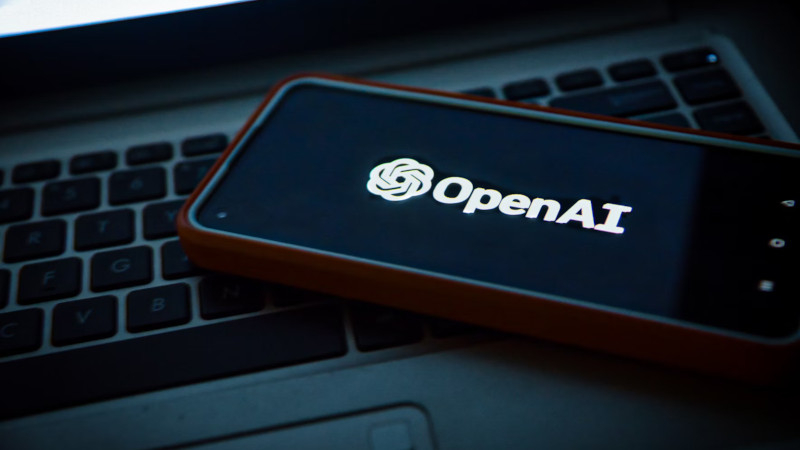OpenAI debuted on the Super Bowl stage with a $14 million, 60-second ad that portrays AI as a natural extension of humanity’s greatest technological achievements. The pointillist animation shows key milestones in progress, from the discovery of fire and the wheel to DNA sequencing and space exploration. The final segment shows ChatGPT in action, helping users solve everyday problems, highlighting how AI has become an integral part of our lives.

Image source: Levart_Photographer / Unsplash
OpenAI’s new chief marketing officer, Kate Rouch, is leading the ad campaign. The strategy behind the ad was to make the technology accessible and understandable to a wide audience, so it intentionally avoids mentioning the prospects of strong AI (AGI) and superintelligence. “We wanted to create a message that would be relevant to Super Bowl viewers, who are tens of millions of people who are not familiar with AI,” Roach explained. With about 130 million people watching the game this year, the ad allowed OpenAI to introduce its product to the widest possible audience.
During the concept stage of the video, OpenAI used its own AI video generator Sora to quickly visualize ideas and test different camera techniques. However, the final animation was created entirely by hand. Roach emphasizes that this is not a limitation of the AI, but a conscious decision. “This video is an homage to human creativity and its extension,” she said. While Sora significantly sped up the process of finding visual solutions, the end result highlights the importance of the role of real artists and animators.
OpenAI’s campaign comes at a critical time. Its market value is projected to reach $300 billion, with revenue expected to hit $11.6 billion this year. In a rapidly escalating competitive landscape where the biggest tech companies are vying for a dominant position, OpenAI is using the biggest game of American football as a platform to build brand awareness and trust. The move is especially timely in light of Google’s recent failure to air an Olympic ad after backlash over its use of AI to write a “heartfelt” letter.
OpenAI clearly placed a premium on authenticity and transparency in its messaging. Roach, commenting on the Google incident, noted that the entire industry is going through a learning process and emphasized that OpenAI intends to adhere to the principles of honesty and openness. In addition to OpenAI and Google, Meta✴ also presented its AI ad during the Super Bowl, focusing on the AI features of Ray-Ban smart glasses.
The launch of the OpenAI ad comes amid growing public debate about the impact of AI on society. The ad equates AI with fundamental human inventions like fire and the wheel, inevitably provoking controversy. Skeptics might argue that the analogy is overly bold given the uncertain future and potential risks of AI technology. However, OpenAI is taking a firm stance: “We believe deeply in the transformative potential of this technology. It’s at the core of everything we do,” Roach said, highlighting the company’s confidence in the future of AI.
OpenAI’s Super Bowl run isn’t just an expensive marketing ploy, it’s a strategic move that demonstrates the company’s ambitions amid growing competition and public interest in AI. OpenAI is using the biggest sporting event of the year in the United States to cement its dominance in the minds of millions of viewers. Time will tell how successful this move will be, but one thing is clear: the era of AI is here, and OpenAI is committed to winning.